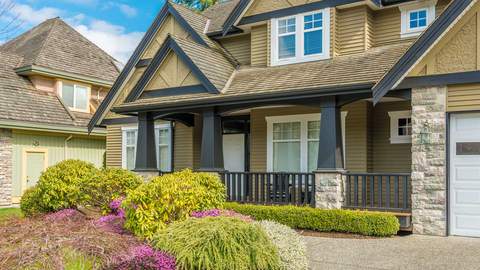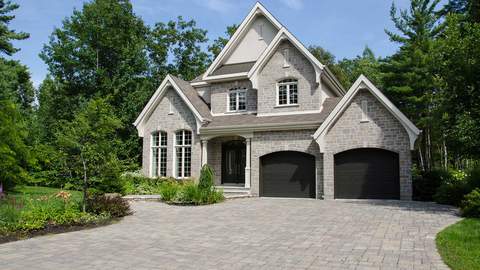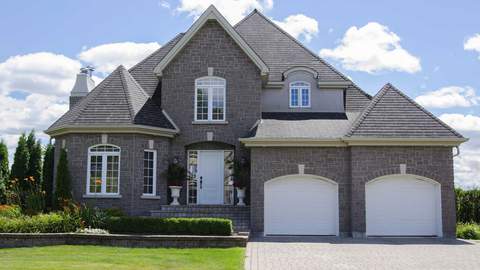As the saying goes, ‘Don’t judge a book by its cover.’ This statement couldn't be more applicable than when purchasing a home.
No matter how much you like the style or appliance, there’s more to that home than meets the eye!
And even the most experienced buyers can find the task a daunting one.
So if you’re serious about making that property your new digs, here’s the top 10 things to check before inking that deal.
1. Signs of water leaks or moisture penetration
 Look at the walls backing onto showers or baths to determine if moisture or water has not left stains or corrosion. Though it might not always be structural defect, it will still cost you quite a fortune to repair.
Look at the walls backing onto showers or baths to determine if moisture or water has not left stains or corrosion. Though it might not always be structural defect, it will still cost you quite a fortune to repair.
2. Sagging ceilings
Inspect the ceilings for deflections and defects. If they have a ‘parachute’ appearance and are not fixed firmly in place, it means you’ll eventually have to fix it.
3. Mold and mildew in cabinets
There should be no stones left unturned, in this case, no cabinets left unopened so you can see and smell if it has not been a breeding place for mold and mildew. If this is the case, water leaks might be lurking just around its corners.
4. Cracked walls
You may notice cracks on the walls but it should not be in excess and definitely be less than 2.0mm in width. Otherwise, you should get a qualified building inspector to check whether it will be a major concern of yours in the future or not.
5. Mold in bedrooms or bathrooms
Bad upkeep might be the culprit for the evidence of mold on walls and ceilings. But these ‘dirty clouds’ won’t simply go away with a simple DIY weekend task plus professional mold remediation companies usually charge an arm and leg to remove it.
6. Fine cracks in the internal wall plastering
Taking the appearance of a map, fine hairline cracks might be present in the internal wall plastering. The problem with map cracking is that if it is found in one area, then it is highly probable that other areas in the house also suffer from it – a result of incorrect application of the wall plastering during its construction stage.
7. Tilted or sagging roof lines
External roof lines should be straight and free from deflections.
8. Rusted roof gutters
The inside edges of the roof gutters don’t usually get its fair share of inspection but you should definitely check it out for rust and corrosion.
9. Functioning roof downpipes
Signs of excess water flow or past flooding might point to roof downpipes discharging water onto the ground and not into the downpipe bases or storm-water soak wells. Either this is a result of unsuitably sized soak wells or maintenance neglect – both of which will cost you extra money to fix.
10. Not enough drain holes
If you’re buying a multi-level home, drain holes on the external perimeter walls are extremely important. Make sure the holes are spaced about 1200mm apart and are present above and below door frames and windows as well as along the suspended slab levels.
Always remember to use your head and not follow your heart because if it is a bad deal, then you should never regret having to walk away and give yourself the chance to own a property that you truly deserve.
If you’re in any doubt, get a professional in to give you a detailed report, and not just rely on your real estate agent.
















Write a Comment